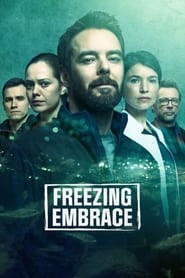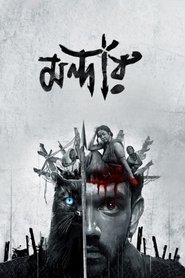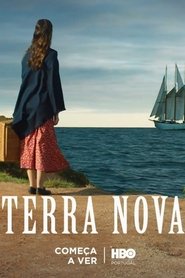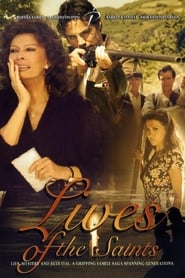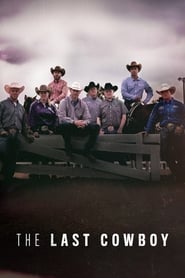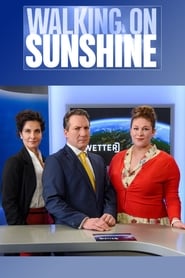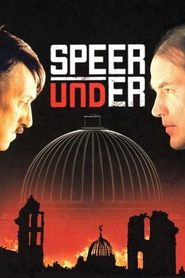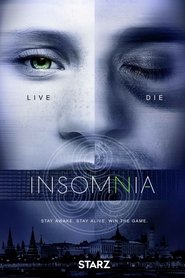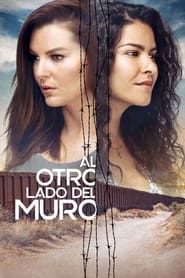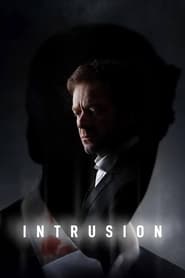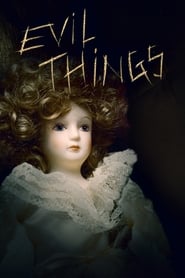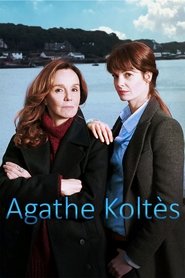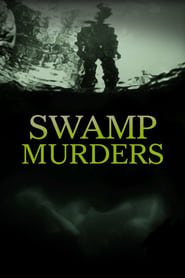Top Rated Drama TV Series on Free Services - Page 60
-
Freezing Embrace
2021
Freezing Embrace
2021
star 4.6Commissioner Antti Hautalehto is faced with a complicated case when young men start drowning in the small Finnish town of Borg. Almost every week a new body is found in the river, and soon Hautalehto has reason to distrust his own police colleagues. -
Mandaar
2021
Mandaar
2021
star 7.6Power corrupts. And the pursuit of power devastates. As the battle for Geilpur reaches its peak, thirst for power overpowers human conscience in this tragic tale of greed, lust and prophecies! -
Terror Lake Drive
2020
Terror Lake Drive
2020
star 5A single mother tries to dodge her troubled past by relocating to another city with her defiant teenager, only to discover there are forces that cannot be outrun. -
Terra Nova
2020
-
Peacemaker
2020
Peacemaker
2020
star 4.8Finnish peace negotiator Ann-Mari Sundell has recently retired from her post as a crisis response adviser in the Ministry for Foreign Affairs. Suddenly, she is invited by the UN mandate to lead an international conflict resolution process in Turkey. As the peace talks proceed, Ann-Mari has to reconcile with her past before her personal life comes in the way of the whole peace process. -
Avocado Toast
2020
Avocado Toast
2020
star 3Ever wondered about your parents' sex life? Neither did Molly and Elle until coming out and divorce forced them to learn about their parents' new sex-capades. After a lifetime of dating men, Molly (31, a grade eight teacher) surprises herself when she falls in love with a woman for the first time. When she finds the courage to come out as bisexual to her suburban parents, they empathetically reveal their own admission - they're swingers and throw sex parties. -
Lives of the Saints
2004
Lives of the Saints
2004
star 4.6Vittorio Innocente, a young man, estranged from the tragedies of his Italian immigrant family, has spent his adult life denying his past. When his estranged father starts to stalk Vittorio's sister, Rita, with murderous intent, Vittorio is moved to return to his family and uncover the decades-old secrets that have torn his family apart. -
Ossan's Love: In the Sky
2019
star 6.8Sōichi Haruta is 35 years old and single. He gets fired from his job. He begins to work as a cabin attendant for Tenkū Peach Airline. On the first day of his new job, he is late for a briefing meeting. Pilot Musashi Kurosawa tells him to not work their upcoming flight. Sōichi Haruta feels gloomy. He happens to see co-pilot Ryū Naruse having an argument with a woman. Suddenly, Ryū Naruse tells her "I like someone else" and then kisses Sōichi Haruta. -
The Last Cowboy
2019
The Last Cowboy
2019
star 7.4A documentary competition show that chronicles the lives of riders competing in the high-stakes sport of horse reining. The contenders are determined to elevate and preserve the cowboy tradition as they guide horses through precise patterns of circles, spins and stops. Run for a Million serves as the culmination of the series, where the riders compete for a $1 million purse. -
Walking on Sunshine
2019
-
El diario secreto de una profesional
2012
star 3.8The adventures and misfortunes of Javiera, a young psychology student who works part-time in an insurence company at day...and as a high-class escort at night, she takes the name of Angela in an effort to keep her two lives separated. -
Speer & Hitler: The Devil's Architect
2005
star 7.2A reassessment of the role Albert Speer played in the Third Reich. Speer, who was ultimately convicted at the Nuremburg trials and served a 20-year prison sentence, was known for designing many of the Third Reich's buildings and for being Hitler's minister for war production. -
Insomnia
2018
Insomnia
2018
star 6.4A group of unwitting strangers, one by one, find themselves trapped and drugged by a mysterious captor. They begin to realize they are part of a twisted game, called Insomnia, from which they are unable to escape without being killed or becoming killers themselves. -
Breaking Homicide
2018
Breaking Homicide
2018
star 7.2Former Rhode Island police Sgt. Derrick Levasseur and forensic psychologist Kris Mohandie answer the pleas of desperate families and investigate murder cases that have officially gone cold. -
Intrusion
2015
Intrusion
2015
star 6.7Renowned pianist Philippe Kessler is preparing for an important recital. But recently, sounds and images seem deformed around him, as if one reality was superimposed on another. Worrying that he is going mad, he gradually withdraws into himself. The evening of the recital, he collapses at his piano... -
Evil Things
2017
Evil Things
2017
star 6Revealing the horrifying stories of people who barely survived terrifying paranormal activity caused by possessed or cursed objects. Each twister mystery exposes the sinister secrets hiding within the most innocent items. -
Agathe Koltès
2016
-
The Breaks
2017
The Breaks
2017
star 5.2Picking up where the original movie leaves off, it's 1990 in New York City at the height of rap's "Golden Age" of creativity, but corporate America has been hesitant to embrace the genre. Nikki lands a dream job as the assistant to the legendary and out-of-control Barry Fouray. Her best friend and producer DeeVee is working with rapper Ahm who is currently under investigation by the police for murder. How far will these driven young people go to rise to the top of the hip-hop world? -
Swamp Murders
2013
Swamp Murders
2013
star 7.4Swamps, bogs, marshes, bayous and riverbeds can be murky, dark, crazy places, but when a body pops up, things get downright mysterious. Through stylish recreations, Swamp Murders will bring the viewer into the the subculture that's captivating America.
 Netflix
Netflix
 Amazon Prime Video
Amazon Prime Video
 Apple iTunes
Apple iTunes
 Apple TV Plus
Apple TV Plus
 Disney Plus
Disney Plus
 Google Play Movies
Google Play Movies
 Paramount Plus
Paramount Plus
 Hulu
Hulu
 HBO Max
HBO Max
 YouTube
YouTube
 fuboTV
fuboTV
 Peacock
Peacock
 Peacock Premium
Peacock Premium
 Amazon Video
Amazon Video
 The Roku Channel
The Roku Channel
 AMC+
AMC+
 Kocowa
Kocowa
 Hoopla
Hoopla
 The CW
The CW
 Vudu
Vudu
 Starz
Starz
 Showtime
Showtime
 PBS
PBS
 Pantaflix
Pantaflix
 FXNow
FXNow
 Tubi TV
Tubi TV
 Kanopy
Kanopy
 Comedy Central
Comedy Central
 Crunchyroll
Crunchyroll
 Microsoft Store
Microsoft Store
 Redbox
Redbox
 Sun Nxt
Sun Nxt
 ABC
ABC
 DIRECTV
DIRECTV
 Crackle
Crackle
 Fandor
Fandor
 Plex
Plex
